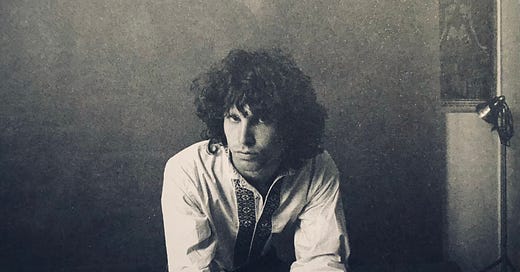Jim Morrison's Poetry Notes
"If the doors of perception were cleansed everything would appear to man as it is: Infinite."
I am taking next week off to celebrate the holidays, but I will be back in 2023 with more notes and notebooks!
First, a big thank you to all of Noted’s subscribers! I’m truly astounded by how many people care about notes.
And, a special thank you to those of you who have elected to become paid subscribers! I have donated a portion of those funds to the S…
Keep reading with a 7-day free trial
Subscribe to Noted to keep reading this post and get 7 days of free access to the full post archives.




